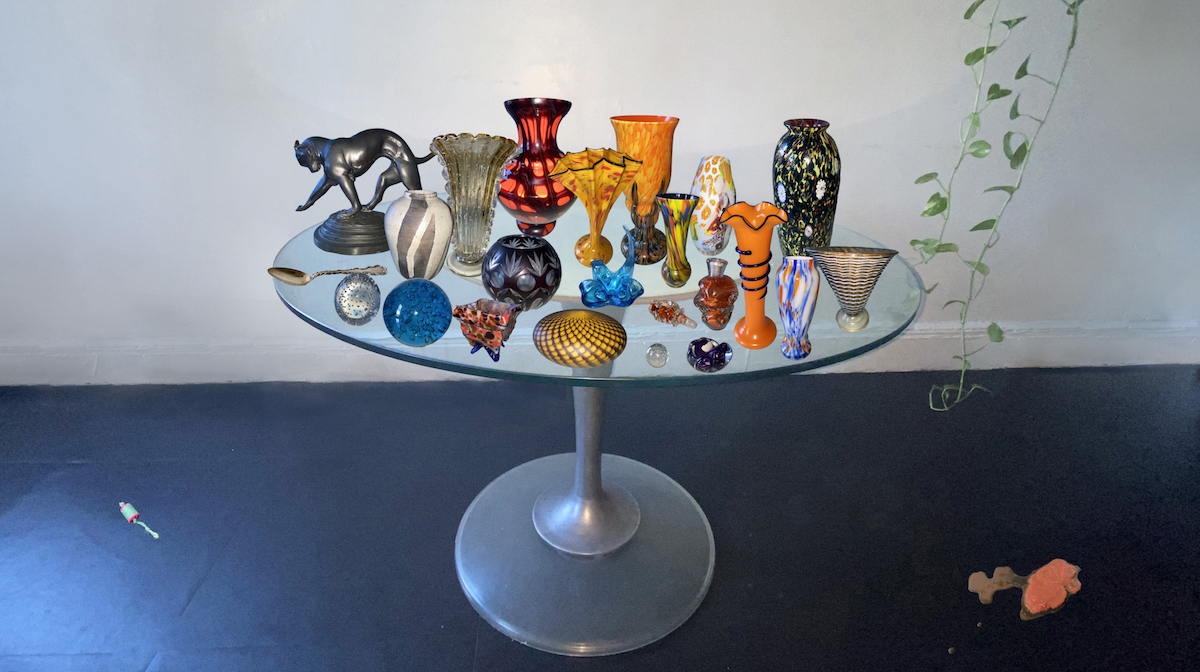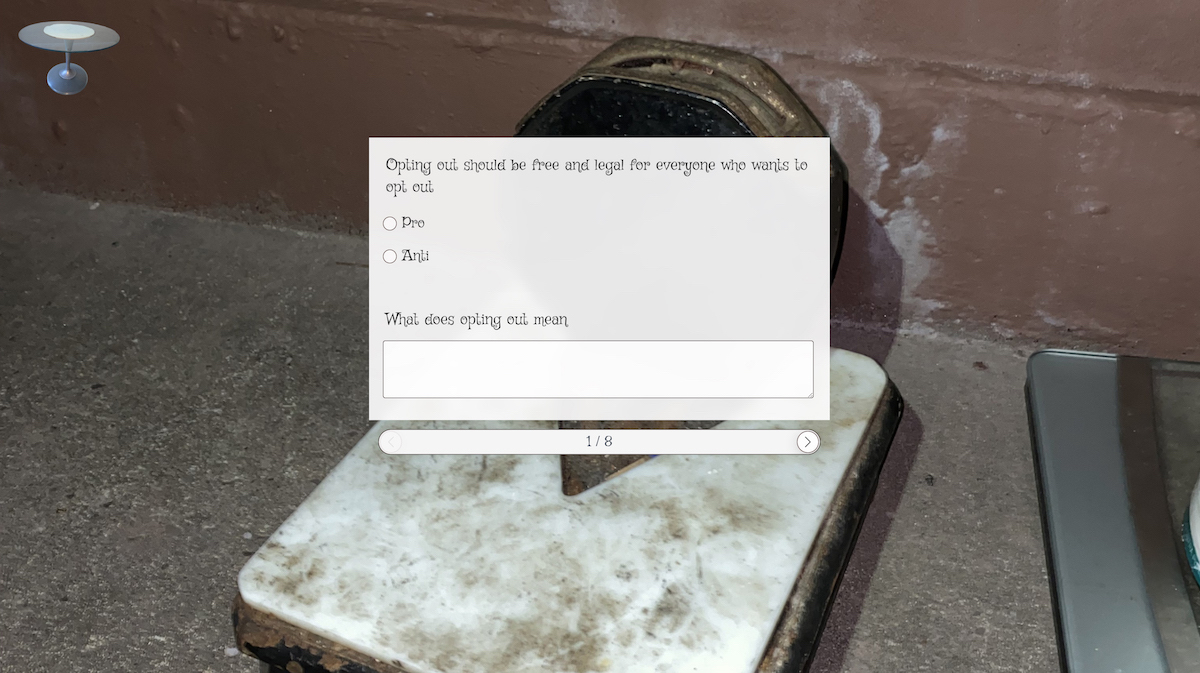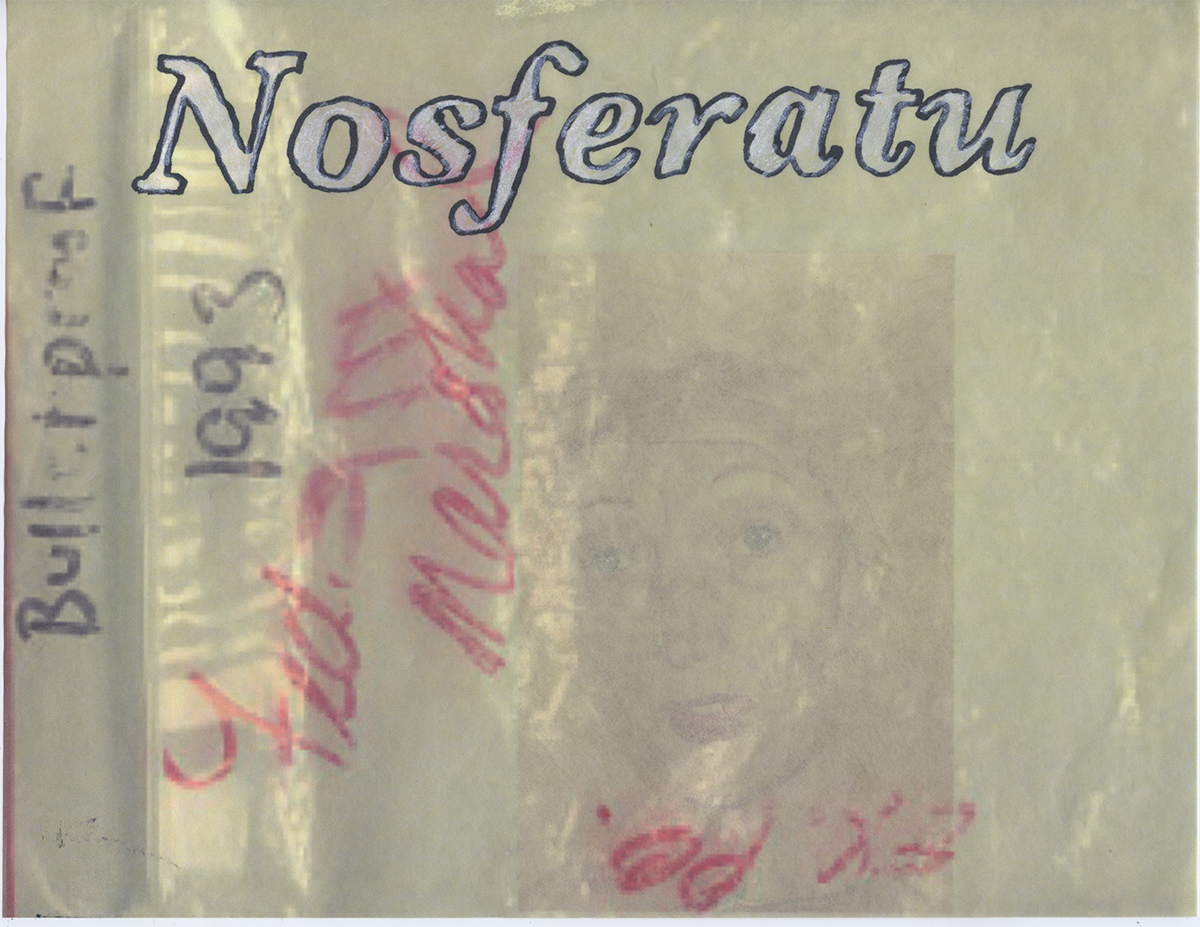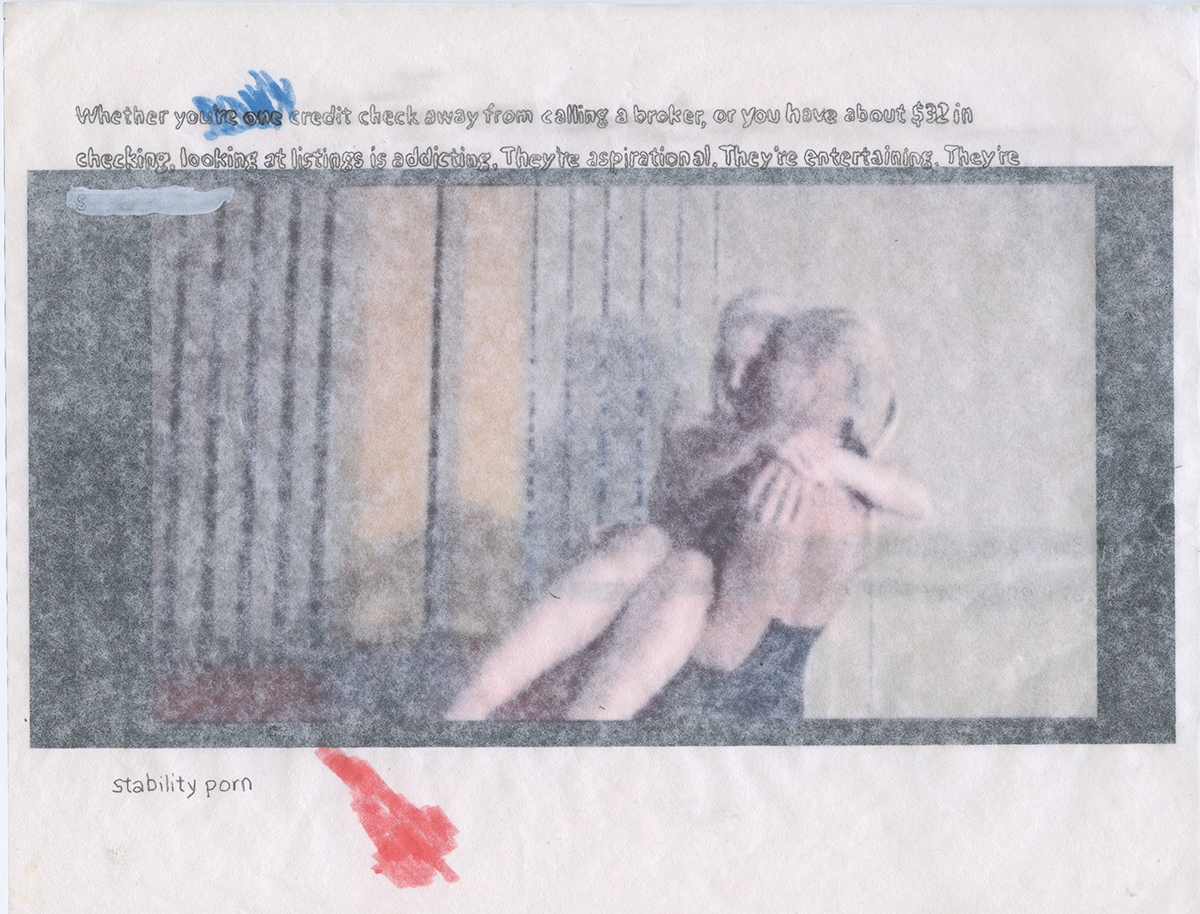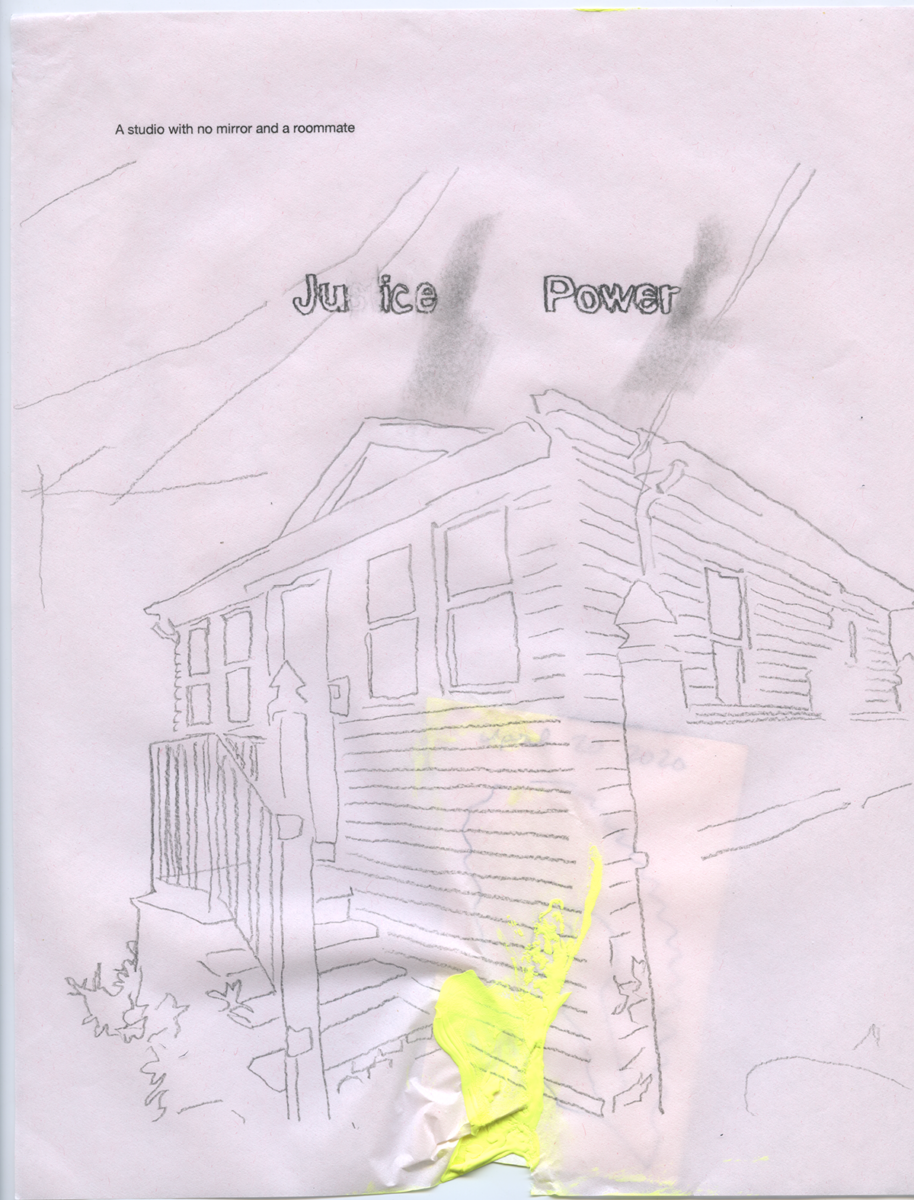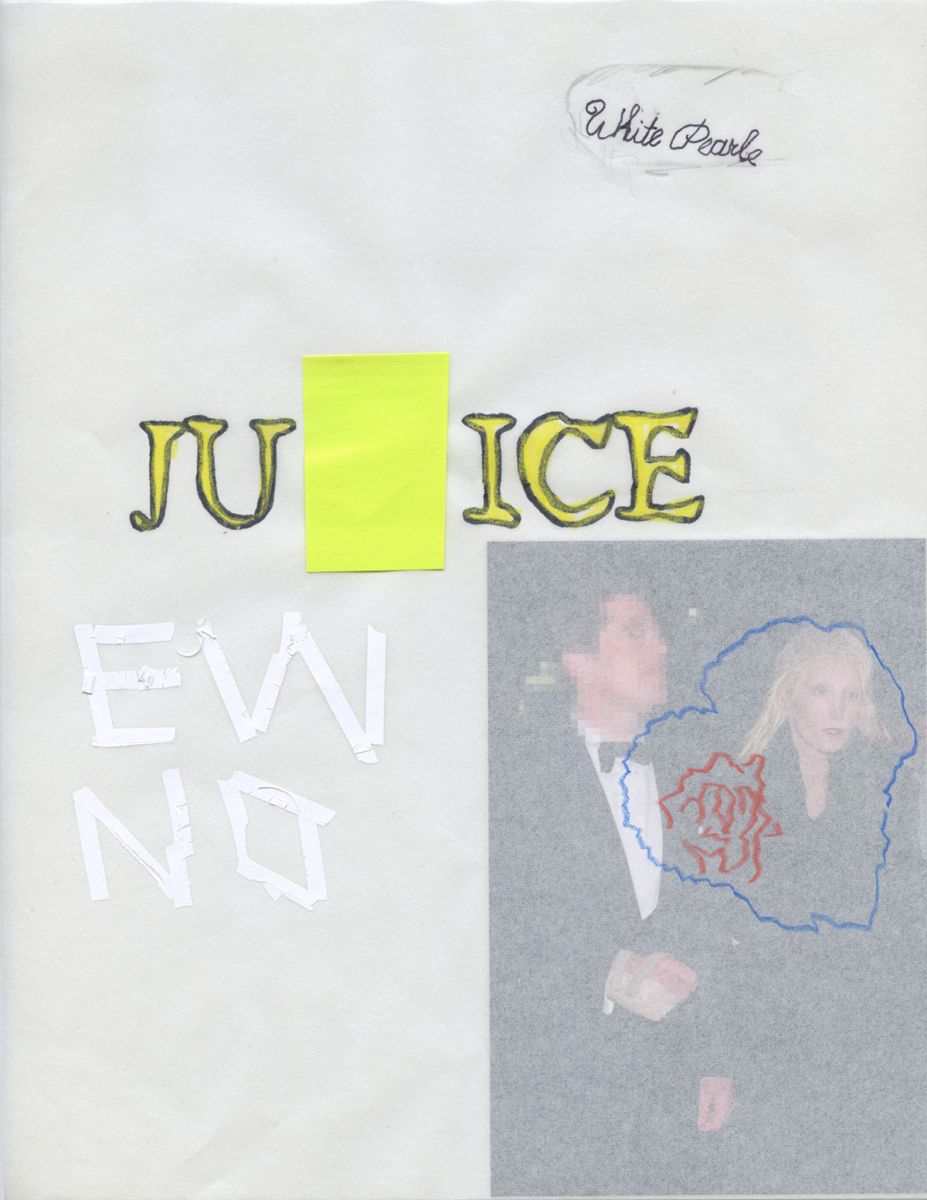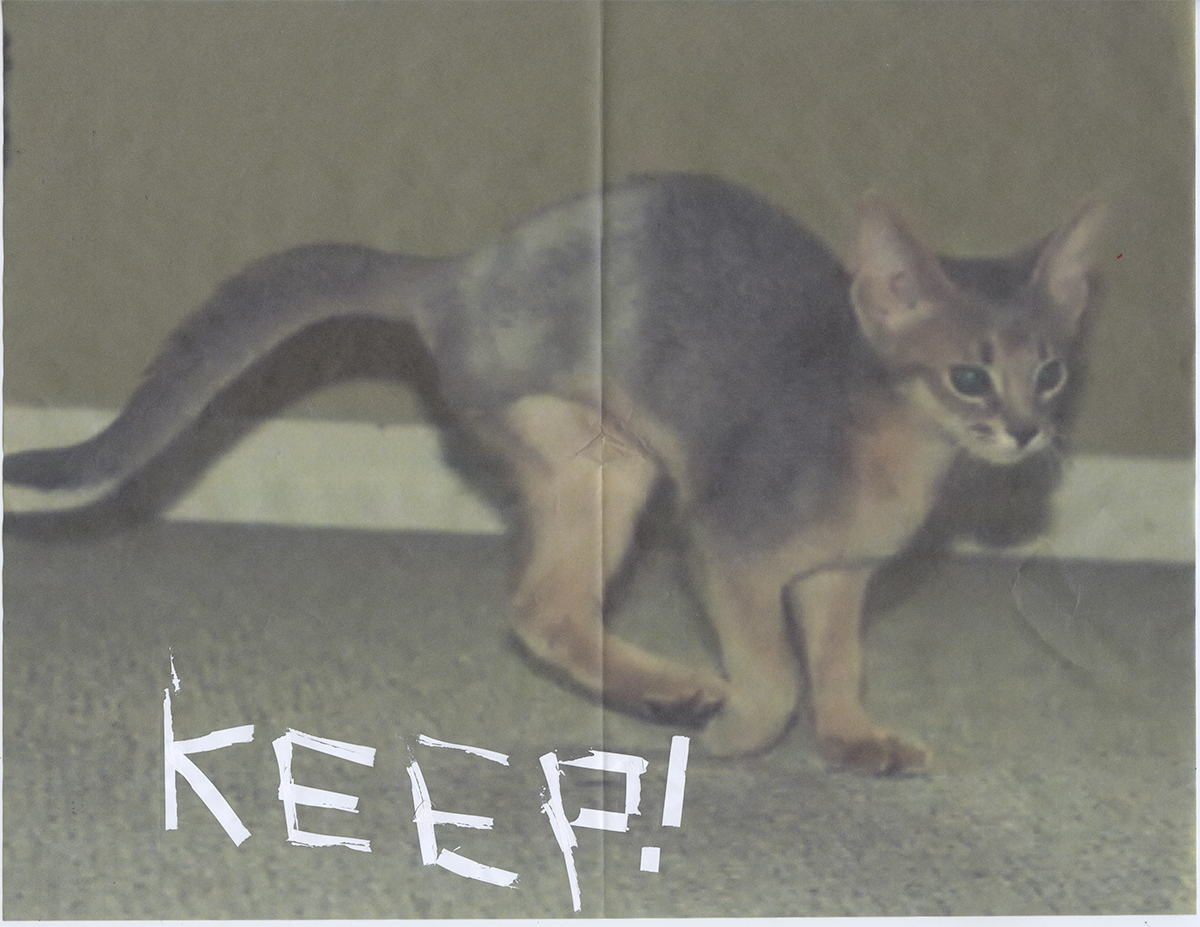
“For my school project I took a machete and destroyed everyone’s backpacks,” claims Florida-born, New York-based artist Jordan Strafer. The statement is typical of Strafer’s work: both melodramatic and matter-of-fact, dealing in narratives of which the viewer must determine the veracity. Truth doesn’t really matter here though: her creations are at once hilarious and heartbreaking, marrying the highly personal with the universal; truth with fiction.
Her videos are clearly skilful but delightfully DIY in their production, often using the artist herself, or her family and friends as subjects, and edited by Strafer on Final Cut Pro. As she puts it, she’s “more focused on ideas” than slickness, and her work is all the better for it. Strafer’s online extravaganza No Bag, which was showcased on New York gallery Participant Inc.’s After Dark platform, came as a refreshing anomaly in a sea of “virtual” exhibitions; many of which were a poor imitation of a physical space and fell a little flat. Strafer’s work, however, was created for digital, not in spite of it.
- Jordan Strafer, No Bag homepage, screenshot
You’ve used a clip of Barbara Streisand and Judy Garland signing Happy Days Are Here Again multiple times in your exhibition No Bag. What fascinates you about that video?
The scripted banter at the beginning is so funny; they look like they’re so deeply flirtatious. It’s so sexy, isn’t it? But it’s also kind of sad. I was thinking a lot about these fan celebrity videos of people like Princess Diana, or Carolyn Bessette-Kennedy. Now during the pandemic, because it’s hard to be in the present, the only choice we have is to go back into reviewing the past or going into some kind of fantasy space. There’s just something about the tone of that Barbara Streisand and Judy Garland thing that hits me.
I grew up watching The Judy Garland Show with my gay dad. He wasn’t out at the time, but I grew up watching all of this really campy gay icon stuff. It touches me and I feel like I relate to it culturally, but they also feel so alien; there’s something sinister. I’m also interested in the misogyny of gay male culture and icons: there’s a darkness to them too.
The sound recording is me masturbating. I was recording many versions of it, and something I’ve been wanting to do is figure out how to make porn without representation, whatever that means. So I’ve been experimenting for a while with different ways of thinking about porn. Something I think about a lot in my work is how to deal with representation. A lot of the characters in my work are kind of bad; evil or negative. If I’m doing that, I feel like I need to implicate myself.
- Jordan Strafer, drawing for No Bag
“I use my work to deal with my own life; it’s like a coping mechanism”
Your work is imbued with an undercurrent of humour. Why do you include the funnier side in your art?
I think it’s just an instinct. Maybe it’s a way to cope with some of the other things. The broader themes that I’m drawn to—death, truth, love and justice—are really heavy, so maybe humour is the only way for those to come out. I use my work to deal with my own life; it’s like a coping mechanism. It’s so cheesy to say that, but I hope that it comes out in a way that’s more relatable than just about me.
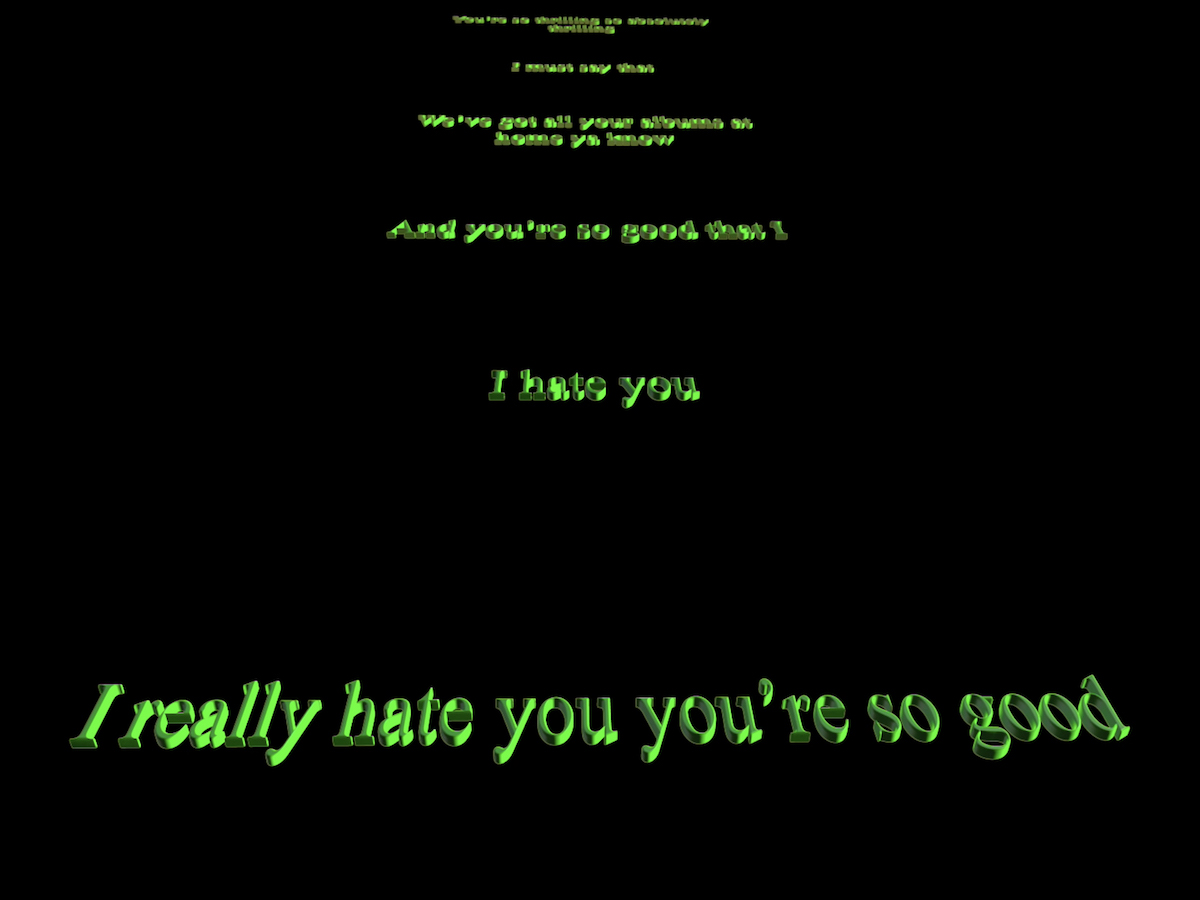
You have previously said about your art that “it doesn’t necessarily make me feel good”. What does making art feel like?
In different phases of making art, it can feel like torture and then it can feel like ecstasy—it’s the best feeling ever. Most of the time it’s like torture but it’s also like a friend. It’s like a relationship; in a way, it is my most stable relationship because it’s always there as something to do, and offers some kind of purpose.
Once something is finally materialised, it starts to feel really good. I love video or time-based media because it involves writing, sculpture, sound, montage or narrative, images… it’s like everything combined. I’m most interested in creating emotion, and I feel like time-based work has the most potential to do that.
- Jordan Strafer, drawing for No Bag
A couple of your very early pieces feel quite Lynchian: the white faces in White White White Day, for example, and the motel in Sunset Inn reminded me of Lost Highway; you also remade his 1972 short The Amputee in your own short film Pa. Has Lynch consciously informed the work you make?
All three of those pieces I made while I was in grad school at Bard; they were my attempts at teaching myself because before that I had only made really simple work where I was the only performer. I didn’t really know anything about filmmaking, so in school I was deconstructing scenes from movies to try and find a theme: Sunset Inn was loosely based on Paris, Texas; White White Day was from Tarkovsky’s The Mirror.
I was working with my dad and his husband for all three of those films, and it was an opportunity for me to think about psychodrama and how our actual relationships translate on the camera. I was pantomiming scenes from movies to try to understand how to make video: basics like timing, and looking at what makes it feel more alienated—what sounds create, when to cut, what it feels like when there’s a zoom, which colours create certain feelings—really simple mechanical things like that.
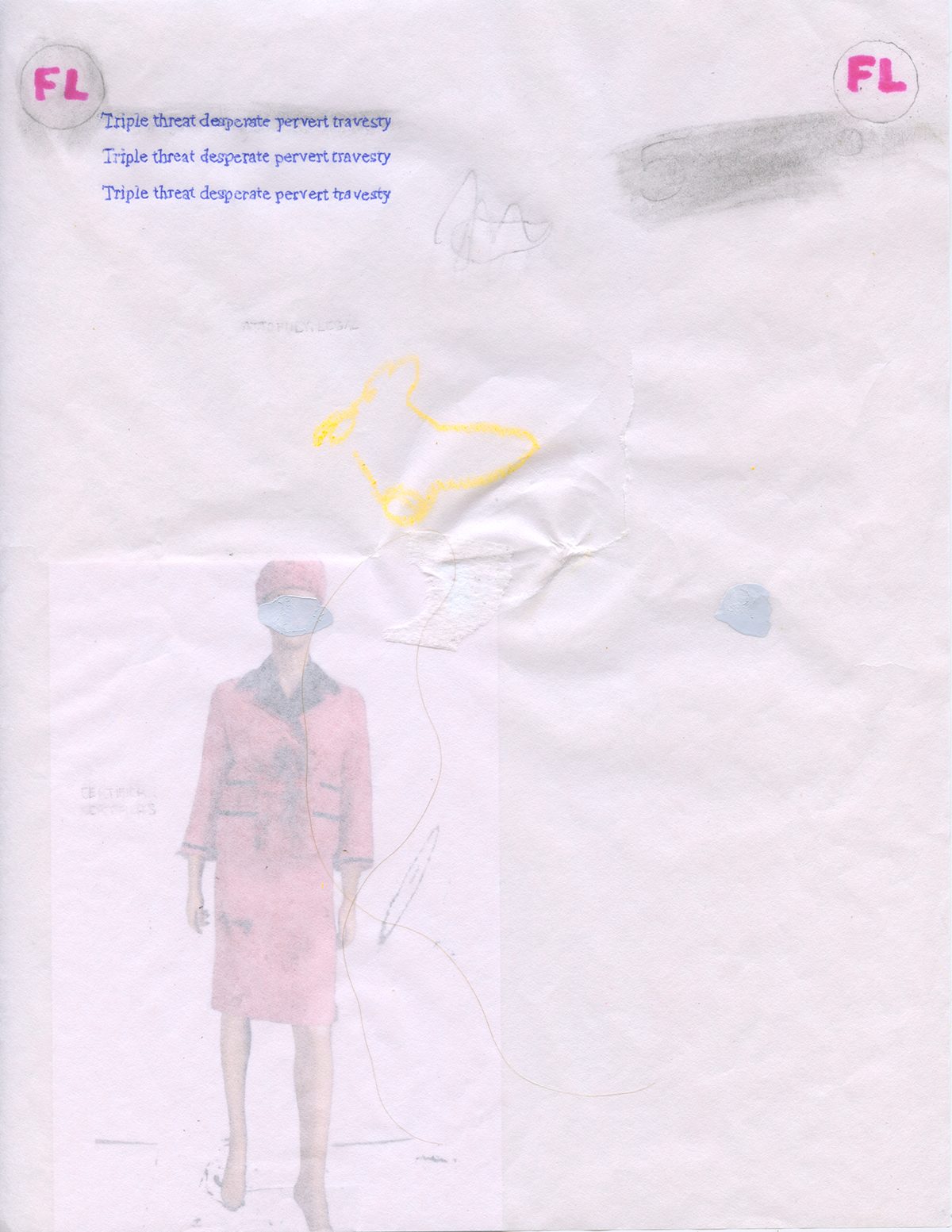
“In different phases of making art, it can feel like torture and then it can feel like ecstasy—it’s the best feeling ever”
Your mother, and mothers generally, feature heavily in your work. What is the role of your mother in the art you make?
I’ve always been making art since I was a kid and wanted so badly to be an artist. But after my mom died, when I was in undergrad, that’s when I really started committing to making art. It was a way to work through the grief of her loss. It was also the beginning of my using trauma and grief and sadness and mixing that with humour.
I’m not an expert but something that I’ve always appreciated about psychoanalytic theories is the idea that the mother and the father are symbolic. It’s not always literal: the breast is symbolic; the idea of the patriarch. But they’re also real figures in a life or a nuclear family; that symbolism goes from micro to macro… I’m still working it out. Ultimately I think it’s important to be specific as a way to be relatable.
